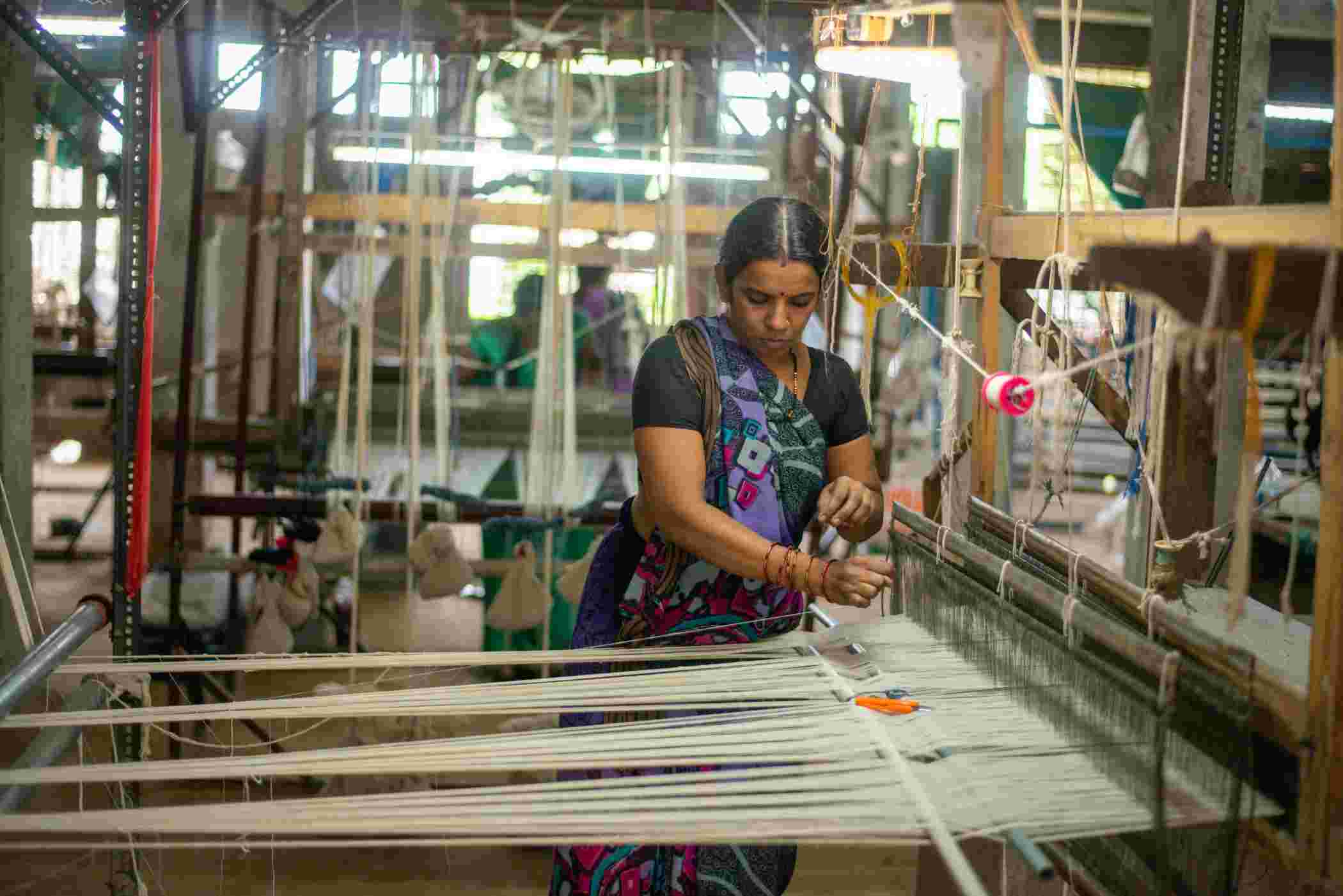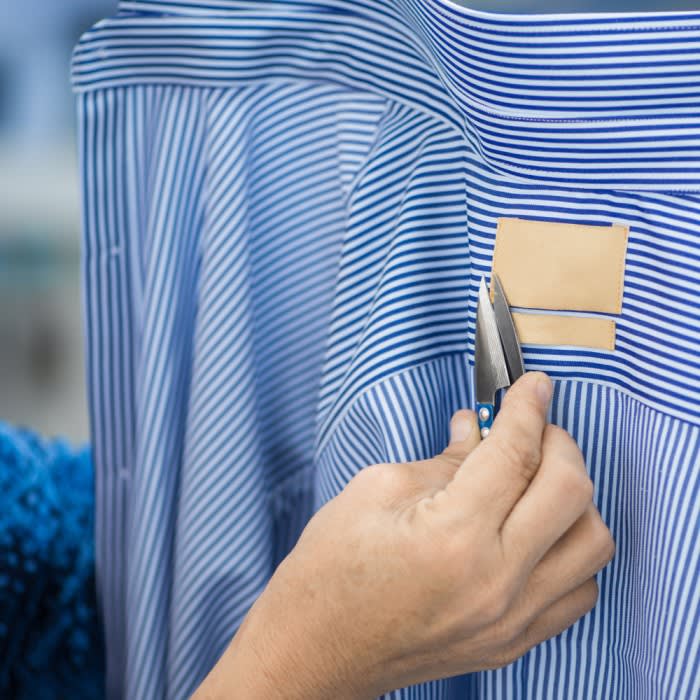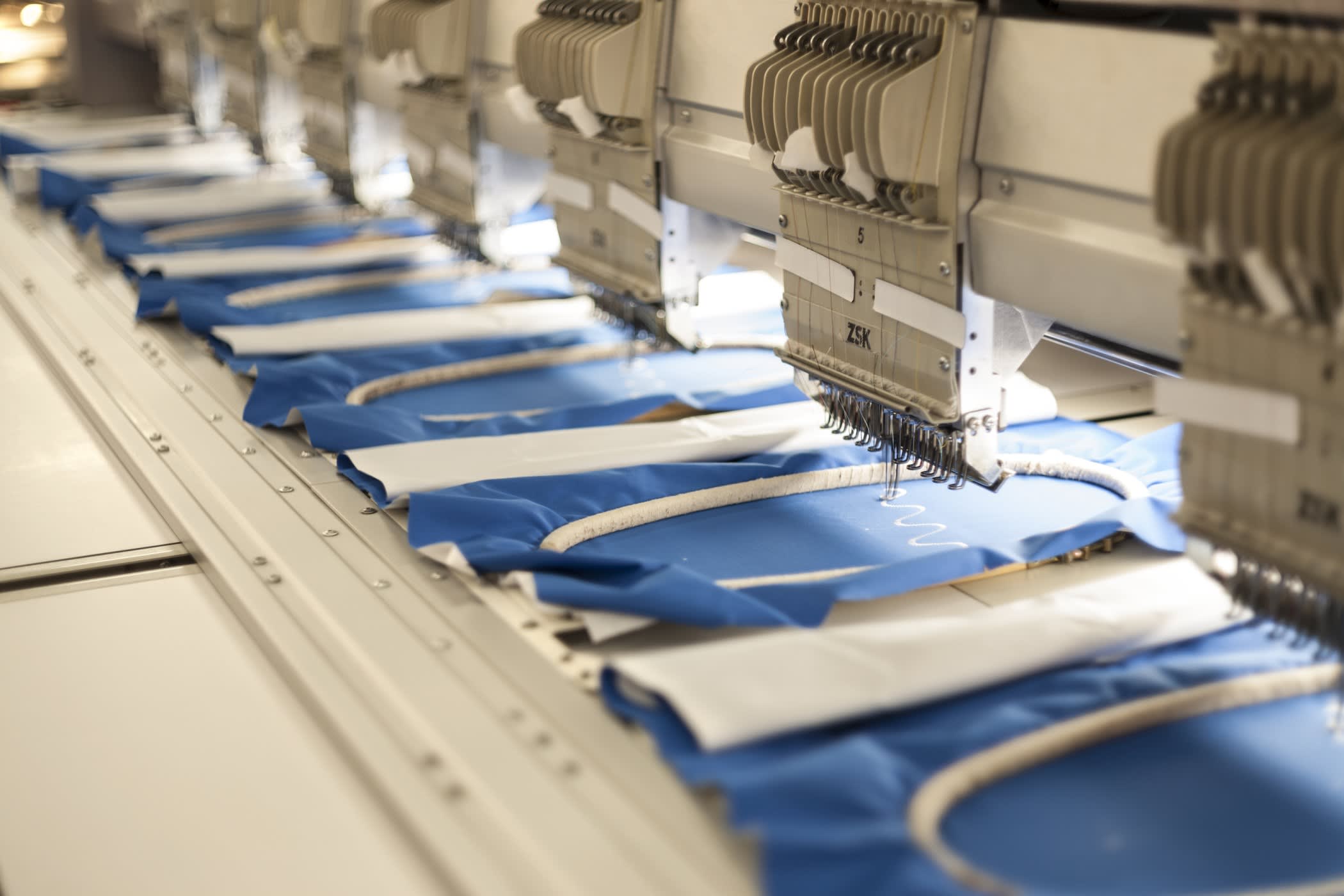Silk Thread: Types, Manufacturing Process, Sellers, Price

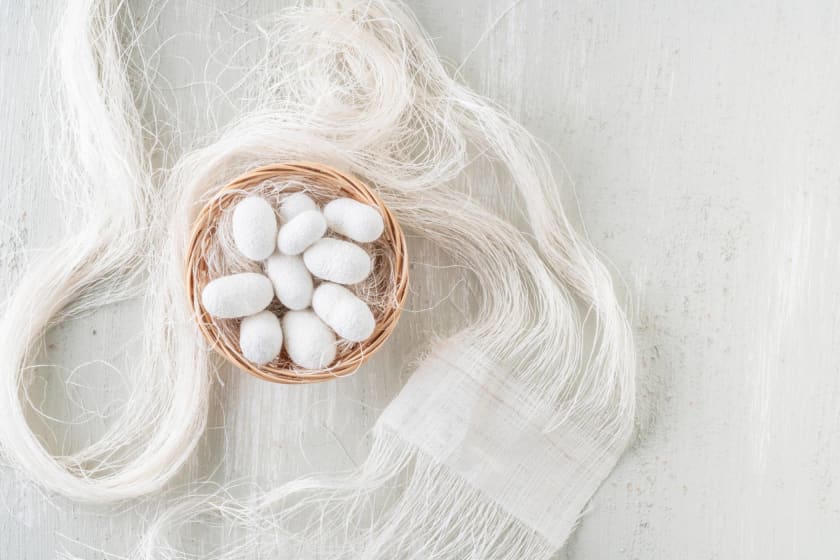

In the fashion industry, it is important for travel professionals to know about different types of fabrics and their importance. Today, we are going to discuss silk threads, their different types, and the manufacturing process. Silk is a protein and the strongest natural fibre mainly composed of Fibroin. It is a shimmering textile known for its satin texture and is popular for being a luxurious fibre. The most common silk is produced from silkworms which mostly live on mulberry leaves. Around 70% of silk is produced in China. With the growing trends in the fashion industry, silk is one of the current key players in the industry. Because of its lightweight nature, elegant appearance, and lavish feel, silk is establishing its presence in the different forms of outfits. Moreover, because of its high absorbance qualities, silk clothes are comfortable to wear in summers and winters.
In present times, silk is used in various types of women's and men's outfits. For women, silk is usually used in wedding gowns, festive dresses, blouses, sarees, scarves, lingerie, and many more. While in the case of men, the fibre is used for designing dress suits, shirts, ties, high fashion clothes, and robes. The fibre is also used in various household products, including pillows, bed sheets, wall hangings, and curtains.
Different Types of Silk
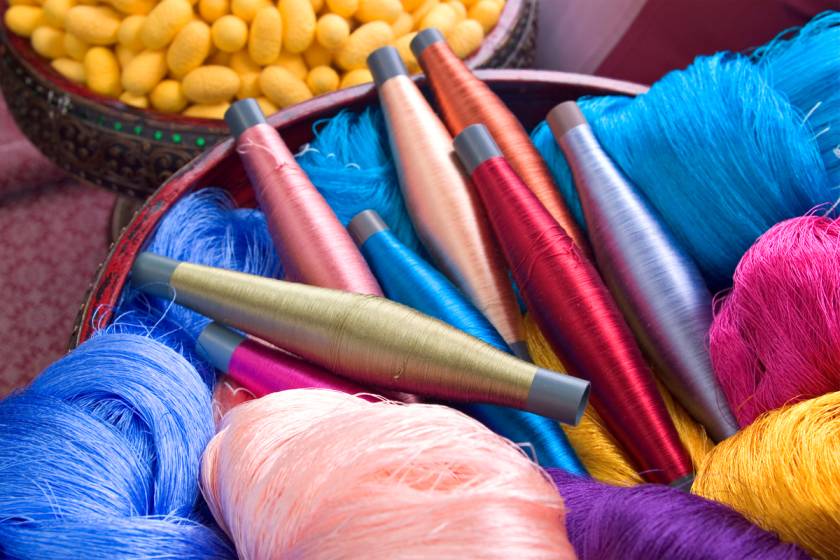
Basically, there are four types of natural silk produced worldwide, namely Mulberry silk, Eri Silk, Tasar Silk, and Muga Silk. Mulberry Silk contributes around 90% of world silk production and is recognized as the most important silk fibre. If you want help in sourcing clothes, you can get in touch with Fashinza without any worries.
Mulberry Silk
Mulberry silk is the most common and popular silk fibre among the different types of silk. As mentioned above, 90% of the silk supply in the world consists of Mulberry Silk. The famous silk fibre is produced by the Bombyx Mori Silkworm which is fed upon the Mulberry leaves. The silk texture is smooth and flawless, and it needs great care to maintain the fibre.
Tasar Silk
Tasar Silk is produced with the help of Tasar or wild silkworms and unlike any other silk fibre, it has a golden to dark brown colour. The silk fibres are ideally used for making couches, jackets, and sweaters as the fibres are relatively strong.
Muga Silk
Muga Silk is produced in India and is widely known for its golden brown and glossy texture. The production of Muga Silk is eco-friendly as the silkworm does not have delicate care, which makes it affordable too.
Eri Silk
Eri Silk is derived from domesticated silkworms and is as white in colour as Mulberry Silk. The silk fibres are durable and proved to be a great material for clothing and soft furnishings like curtains and couches. The silk fibre has the appearance of wool and cotton, but the sheen and softness of silk. It is majorly produced in India, Japan, and China.
Manufacturing of Silk Fibre
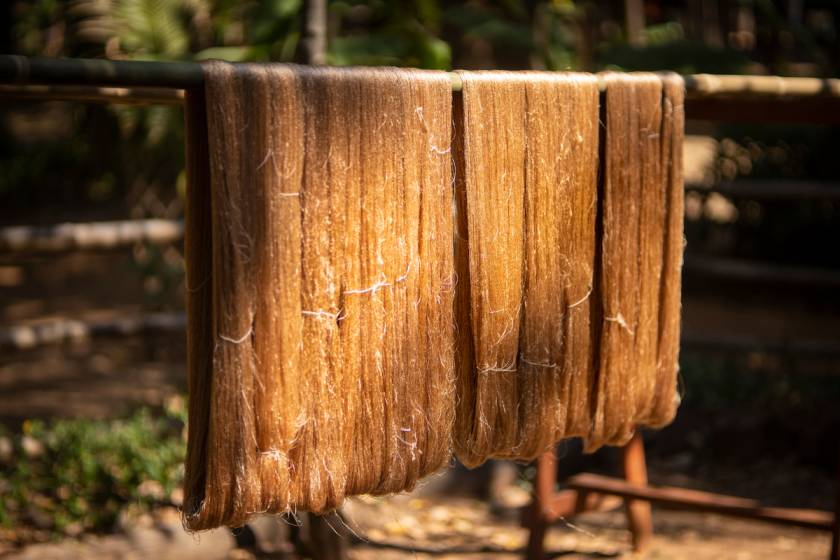
The manufacturing and production phase of silk is known as Sericulture and begins with the cultivation of silkworms. The larvae hatch from the eggs are carefully nourished until they develop into the caterpillar and spin their cocoons, resulting in silk fibres. After that, the unbroken cocoons are soaked in warm water to soften the gummy sericin secretion on the silk. A hand operation, namely reeling combines the filaments from around four cocoons into one uniform filament. Reeled filaments are then twisted together in a process known as throwing and woven to form silk fabrics.
Nowadays, the fashion industry is growing dramatically in every coming season and people are paying more attention to the clothes they wear. Silk is one of the most trending fibres and is popular for its shine, strength, lustre, and durability. One can get the different types of elegant silk fibres from different sellers at remarkable prices. If you want any help with that, Fashinza is here to help you.















